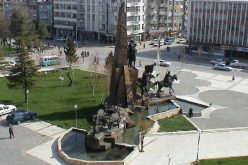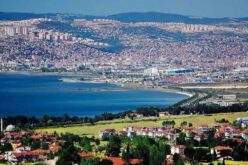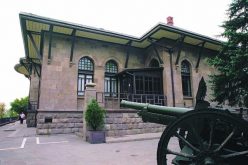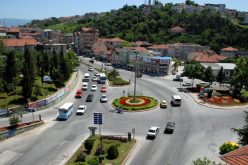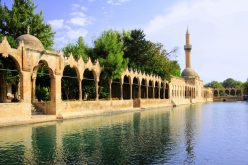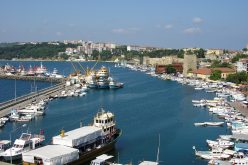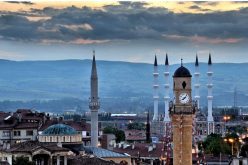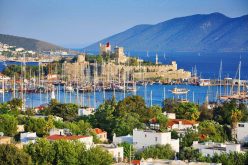Muğla
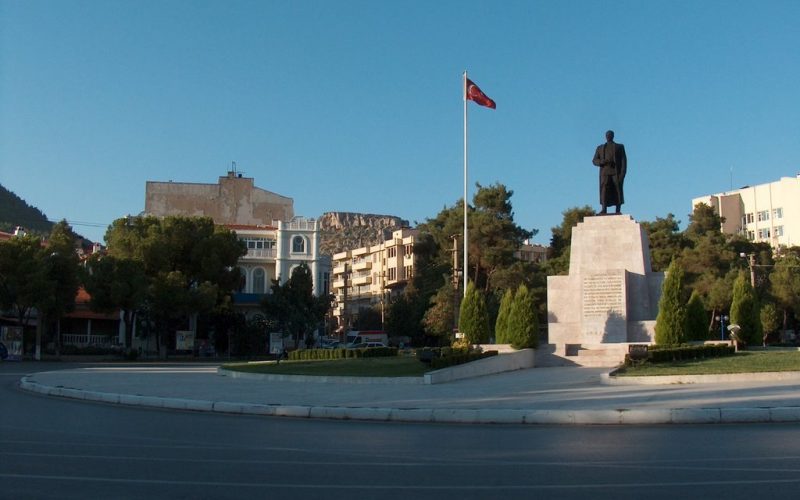
Mugla
Mugla, a town of 48000 is the capital of Mugla a southwestern in Turkey, Mugla town is situated 20 kilometers inland at an altitude of 670 meters and makes for an attractive tourist destination. The province stretched along Turkey`s Aegean coast has several famous holiday resorts drawing large numbers of tourists. of tourists. The attraction of these resorts lead to much of the province being ignored. Poor roads also isolated the region, which developed its own peculiarities. Efforts are on to open up the rest of the province to tourism. After agriculture, tourism is now the most important economic activity in the province. Mugla is well connected by road to all parts of Turkey. You will have to take mini buses to travel to places off the main highways and to remoter outlying regions. Marmaris has the nearest airport. The Bodrum and Dalaman airports can be used for arrival. Mugla has a terrestrial climate which is under the effect of the Mediterranean climate, hot and dry in summer time and warm and rainy in winter time. The average annual temperature is 14.9°C.
Places to Visit ;
Although it is close to major resorts, Muğla has only recently begun to attract visitors.
Sights of interest in the city include: Vakıflar Hamam – a still operating Turkish bath which dates back to 1258. Great Mosque of Muğla (Ulu Cami) – large mosque built in 1344 by the Beys of Menteşe. Kurşunlu Cami – large mosque built in 1495 Konakaltı Han and Yağcılar Han – restored 18th century caravanserais, the first used as an art gallery and facing Muğla Museum, and the second used for more commercial purposes. The Ottoman Empire-era bazaar (Arasta) – marked by a clock tower built by a Greek craftsman named Filivari Usta in 1895, Muğla City Museum has a good collection of archaeological and ethnographical artefacts, as well as 9 million years old animal and plant fossiles recently discovered in Kaklıcatepe nearby. The old quarter of Muğla – on the slopes and around Saburhane Square (Meydanı), consisting of about four hundred registered old houses dating from the 18th and 19th centuries, many of which are restored. These houses are mainly in the Turkish/Ottoman style, characterized by hayat (“courtyard”) sections accessed through double-shuttered doors called kuzulu kapı (“lamb doors”) and dotted with chimneys typical of Muğla. But there are also a number of “Greek” houses. The differences between the two types of houses may have as much to do with the extent to which wood or stone were used in their architecture, and whether they were arranged in intraverted or extraverted styles, as with who inhabited them previously. Local students tend to hang out in open air cafés along the Izmir highway or in the caravanserai or in Sanat Evi (“Art House”), an Ottoman style residence that has been turned into a café/art gallery exhibiting principally wood carvings.

